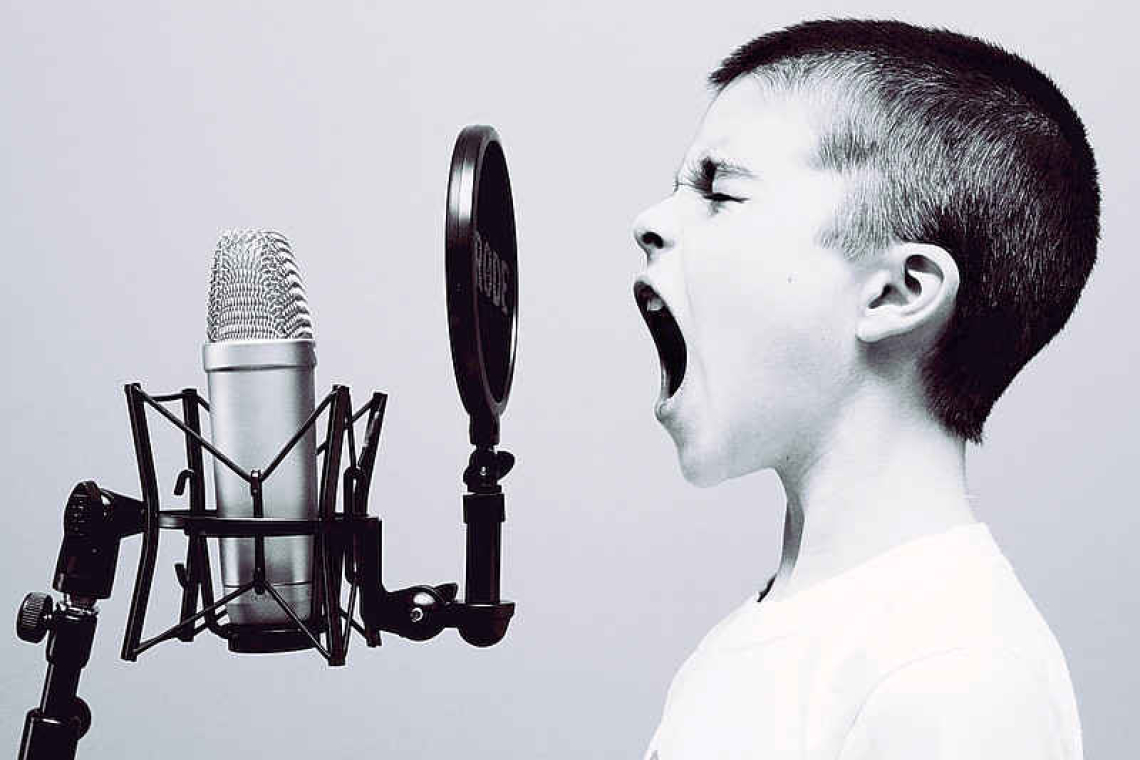“I think the greatest sound in the world is the human voice.” - Miles Davis.
By Dr. Colin Michie FRCPCH University of Central Lancashire.
Our lives are bathed in voices. The unique gift and powers of your voice allow us to join, share and help others in more ways we know. It may help improve health.
A voice is not just a feature of our breathing and larynx, but represents the great variety of ourselves, our age, gender, emotional state and out culture. Vocalisation engages a large number of brain cells, working memory and muscles in the respiratory tract. Some of our fastest and most carefully co-ordinated muscle responses are found between our diaphragm and face. Highly developed and practised vocal communications can mimic, deceive by ventriloquy, control, yodel, mesmerise or hypnotise. Together our choruses or chants can carry us into communal spiritual spaces whether we are in a carnival or Olympic stadium.
Those deep, extensive roots behind voices influence us powerfully as listeners. We can detect, often subconsciously on the telephone, if a friend is perhaps upset, itching to tell us a secret, is tired, tipsy or full of zeal. A woman’s voice changes with her menstrual cycle, or if she is pregnant. Although our vocal cords are less than 2 centimetres long, our vocal output has profound impacts. A voice can convey belief; it reflects, steel, the soul. It can energise, inspire and transcend listeners in ways written words cannot. As Maya Angelou wrote: “Words mean more than what is set down on paper. It takes the human voice to infuse them with deeper meaning.”
Speech was the centre of our youthful classroom activities. It has become a core to advances in computing, to our connecting with many thinking machines. Using layers of processing or networks like those in the nervous system, deep learning has helped create synthetic voices over the last decade. International collaborations between communities involved in emotion recognition and voice analysis (such as the Audio-Visual Emotional Challenge workshops) have evolved increasingly sophisticated simulations. Analyses have been made of our stories, poems, lullabies, sweet enchantments, parodies, plays and political speeches, from cross-cultural databases. As a direct result we can now converse with chatbots, take directions in a car, translate a conversation with a foreigner, command our home environments or write letters.
This creativity is valuable clinically because examining the voice can become part of your health check. Those rich treasures of information collected in speech come from the sounds of a voice, its acoustics, stresses, cadences, intonations or rhyme, or the breathing movements used. These can all be measured to help put together a diagnosis. As an example, vocal muscles can produce tremors, tics, shimmers or slips. These might seem on the surface to be reasonable responses to emotion. However other conditions might have similar effects. For instance someone with asthma may not have sufficient breath to speak clearly, particularly early in the morning. A trained ear can tell you this – vocal analysis has been promoted as a useful skill in those working in call centres. In those working with the elderly, their voices can become a tool for a practical assessment of their quality of life.
Clinical uses for vocal analysis are expanding rapidly. It can be applied to measure mental states or responses to treatments in individuals with depression, bipolar disorder or autism. Tics or early signs of multiple sclerosis may be identified too. Adults may show vocal tremors as a result of Parkinson’s disease, multiple sclerosis or the mineralisation in the larynx that accompanies ageing.
Parkinson’s disease is a relatively common nerve disorder caused by a loss of groups of nerve cells. Most patients develop this as a consequence of age, but it can start following head trauma, or some medications. Changes in the voice, in particular the sounding of vowels, are among the early signs of this disease. They may be found with vocal analysis before other symptoms become obvious, such as an altered gait or co-ordination. Computer software can provide an early warning of Parkinson’s disease therefore, as well as act as a monitor for the effects of treatments. And this type of monitoring can be carried out at a distance of course, using a telemedicine service, or perhaps from a recording or telephone call. Vocal problems eventually develop in most patients with Parkinson’s so interventions with intensive vocal coaching become useful.
Using our voices to sing, particularly in choirs, has been found to deliver benefits to physical, social and emotional health. Implanting vocal prostheses in those who lost their larynx to surgery shows enormous benefits – a voice is important to us! These are the benefits of a soulful neurology, based around voices and listening. Not only can we empower listeners, we might command our own voices more often in a great human Babel to improve our health.
Dr. Colin Michie is currently the Associate Dean for Research and Knowledge Exchange at the School of Medicine in the University of Central Lancashire. He specializes in paediatrics, nutrition, and immunology. Michie has worked in the UK, southern Africa and Ghaza as a paediatrician and educator and was the associate Academic Dean for the American University of the Caribbean Medical School in Sint Maarten a few years ago.







